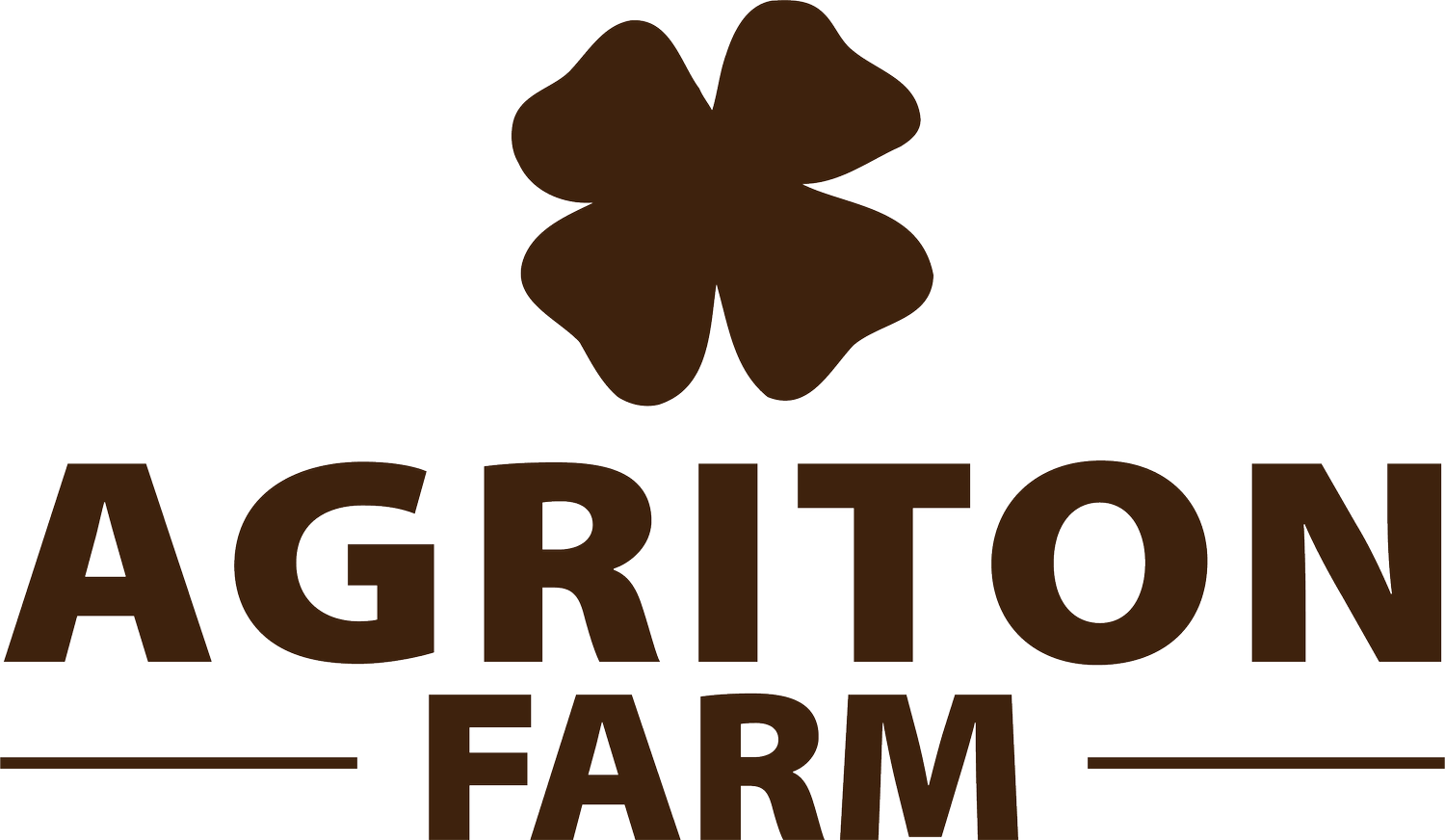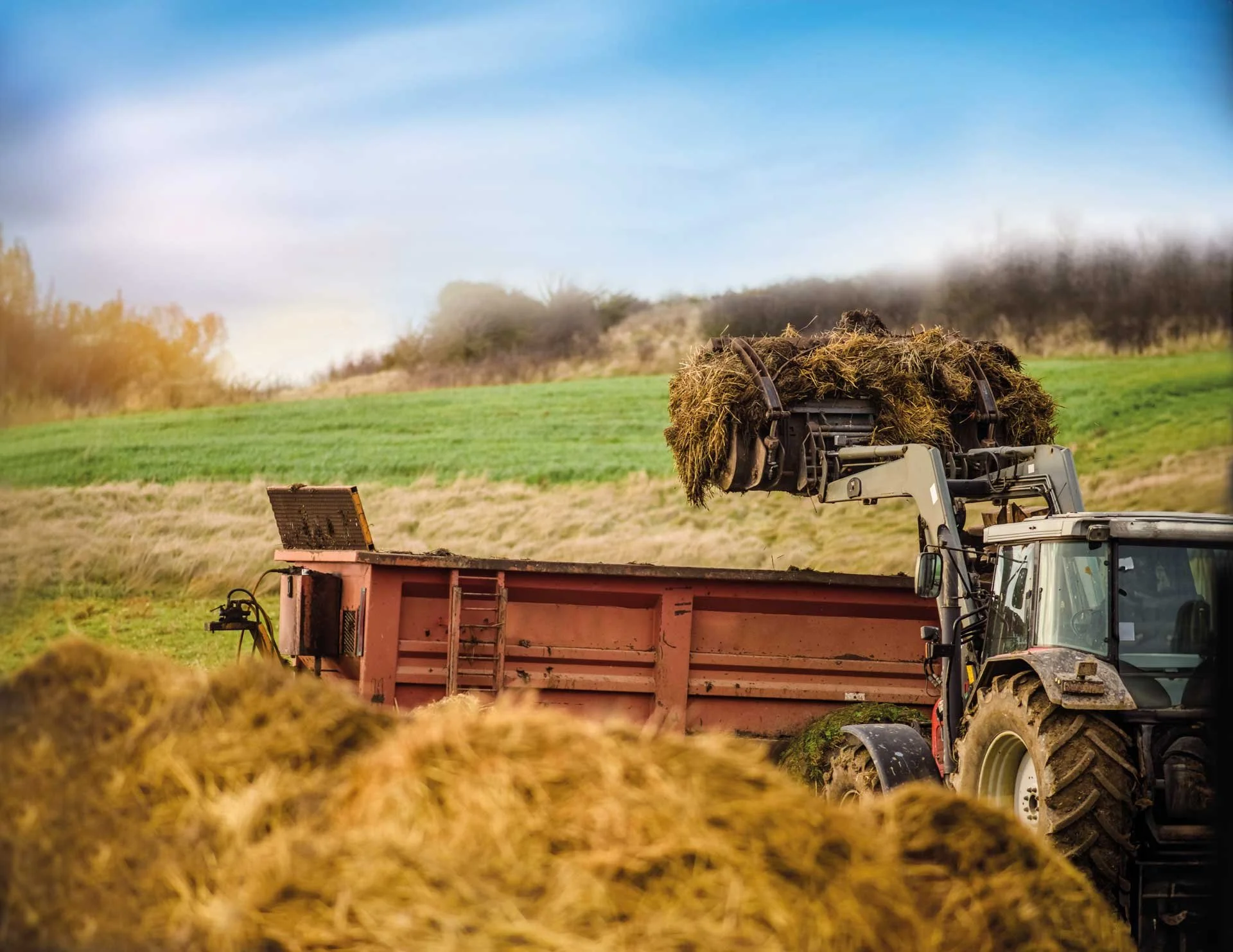
Fermentation for zero-waste farming.
Nature’s solution for managing manure & organic waste
Benefits
Retains valuable nutrients — Nitrogen and other key elements remain in the material
Improves soil biology — When applied to fields, Bokashi-treated manure supports microbial life and soil structure
Speeds up breakdown time — Fermented manure becomes stable and ready for soil incorporation sooner
Reduces leaching and emissions — Less runoff, better carbon and nitrogen retention
Reduces odours and flies — Fermentation suppresses ammonia and halts putrefaction
Adaptable to existing systems — Can be used in slurry pits, deep litter systems, or FYM stacks
Farms produce large volumes of organic waste and livestock manure daily, valuable resources when managed correctly. Bokashi mimics nature’s method to rapidly ferment this waste, locking in nutrients, reducing odours, and transforming it into a biologically rich soil amendment.
Unlike traditional composting, Bokashi uses beneficial microorganisms (Effective Microorganisms or EM®) to ferment organic material anaerobically, preventing nutrient loss and significantly cutting down on harmful greenhouse gases. This makes it an ideal system for farms looking to reduce waste, close nutrient loops, and build soil health.
Whether you're managing pigs, poultry, cattle, or mixed livestock, integrating Bokashi fermentation into your manure management strategy reduces waste, builds soil fertility, and supports a more circular, climate-friendly farm system.





